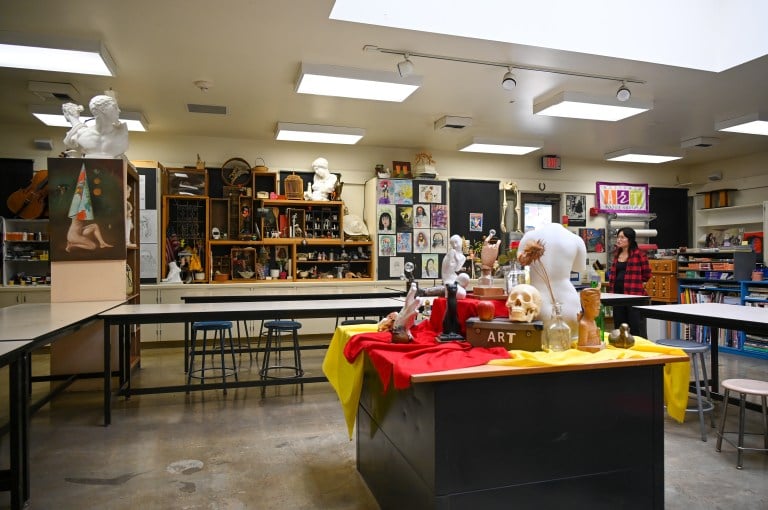Music educator Bonnie Shea was excited to teach in a state known for the arts when she moved from Florida to California. Unfortunately, she was in for a disappointing surprise.
“I went into the classrooms and there was nothing. There were no classroom percussion instruments, no manipulatives,” Shea said. The materials she had expected and couldn’t teach without were absent.
Shea turned to DonorsChoose — a website for soliciting public school donations — as well as other local foundations to stock her classroom. She was forced to become part-teacher, part-grant writer.
Funding struggles like these are not unheard of in California, where only one in five public schools has a full-time arts and music program. Such shortages in K-12 schools persist despite state laws requiring arts education opportunities and minimum arts education requirements for admission to the California State University and University of California systems.

One of the seven propositions on the ballot for California this Nov. 8 is Prop. 28, which will require 1% of Prop. 98 funding, a proportion of the state budget dedicated for public school and community colleges, to be spent on arts and music education. If passed, this would designate approximately $1 billion annually to arts education without raising taxes. Prop. 28 is the only statewide ballot proposition without a formally registered “con” statement this year.
Not all California arts teachers have faced the funding obstacles Shea has. Stanford’s Associate Director of Bands Rachael Vega used to teach in K-12 schools. Having first taught in the public system in Florida, and then in a California private school, Vega said that Silicon Valley has “big disparities” in arts opportunities.
“You have these pockets of well funded, well supported music and arts programs, but also just down the road, you have programs that are having to fundraise money for equipment or they’re struggling to retain certified professional arts educators,” Vega said.
Supporters hope that Prop. 28 will address disparities by operating as an equity measure. Congresswoman Anna Eshoo (CA-18) wrote in an email to The Daily that the proposition “will help level the playing field between public schools, especially, in lower income districts, and private schools when it comes to the fine arts.”
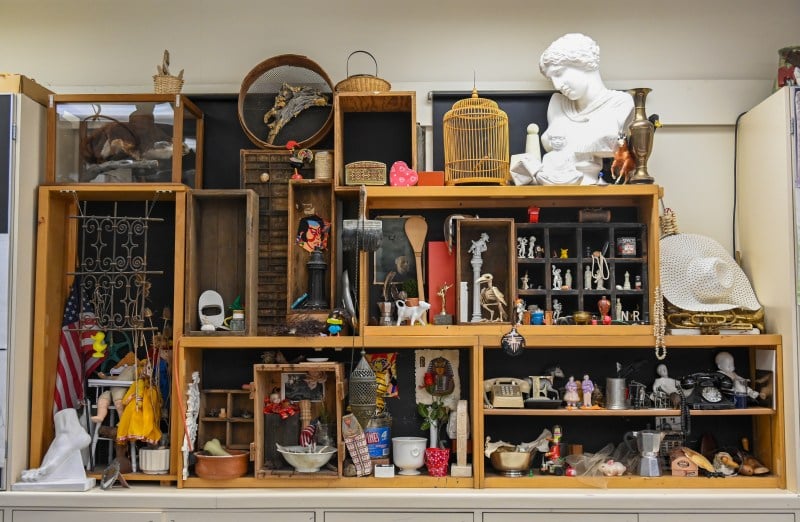
Will Prop. 28 really have these broad equity impacts? Stanford Professor of Education and former Executive Director of Policy Analysis for California Education David Plank is not so sure. “It will make a difference at the margins, but it will probably be a relatively small difference,” Plank said. He explained that hiring new teachers can be costly and Prop. 28 funding, unless supplemented by other school funds, may not be enough to bring on the additional staff needed to see large equity impacts.
The Daily spoke to four educators, all of whom either currently teach or formerly taught art and music in K-12 schools. These teachers all support Prop. 28, saying that it is important to invest in arts education because it can teach teamwork, foster creativity, relax students, improve cognition, develop motor skills, build community and address emotional needs. Allison Cagley, executive director at Friends of Sacramento Arts and Yes on 28 coalition member, added that arts education is also important because it may be tied to improved math scores, literacy scores, graduation rates, behavioral issues and rates of post-secondary school attendance.
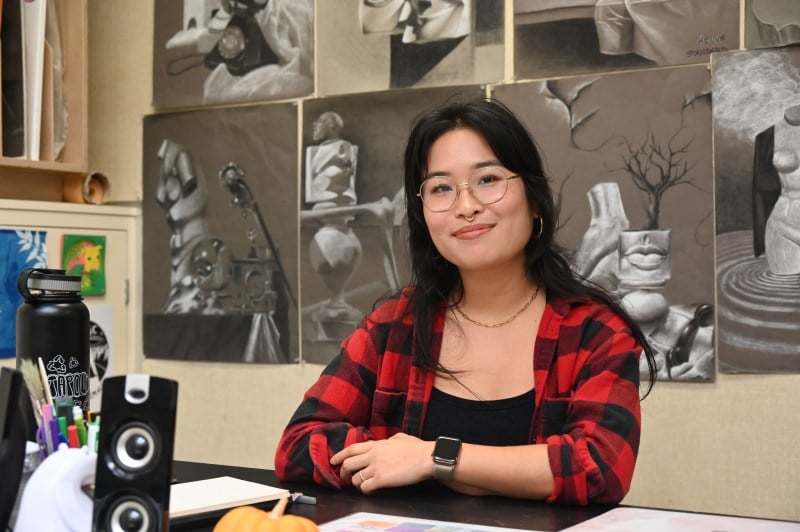
“California has lagged behind the nation in terms of fine arts funding for a long time, and I see this measure as us catching up,” Stanford Director of Bands Russ Gavin said. Gavin teaches “EDUC 132: Music Education: Then, Now, and Then Again, ” a course on music education at Stanford. He previously taught in Alabama public schools.
If arts education has these benefits, why are so many California students missing out on these opportunities in the first place?
“As schools have been called upon to do more and more, they have cut back on things that seem less important. And one of the things that has suffered particularly in high poverty school districts is art and music programs,” Plank said.
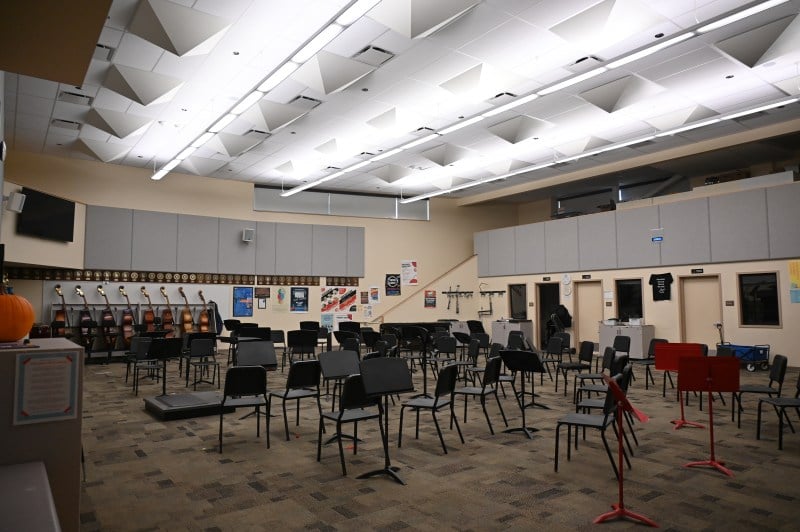
Cagley and Shea both named Prop. 13, a 1978 proposition which limits property taxes, as a turning point. This tax limit, some believe, has adversely impacted arts education spending.
“Since Prop. 13 years ago, the arts have been obliterated from school budgets in the focus of math and literacy,” Cagley said.
Both congressional candidates for California’s 16th district, Eshoo and Rishi Kumar support Prop. 28, with Kumar writing to The Daily that Prop. 28 “is an obvious choice, with obvious benefits for Californian youth.”
Two seats are open on the Palo Alto Unified Board of Education. Candidates Nicole Chiu-Wang and Shana Segal both support Prop. 28, while fellow candidate Ingrid Campos opposes it. The fourth school board candidate, Shounak Dharap, did not reply to requests for comment.
Prop. 28 has been endorsed by several famous artists, including Dr. Dre, Meghan Trainor, Jason Momoa and Issa Rae ’07.
Plank believes that the proposition will likely pass, saying, “this is like mom and apple pie. Nobody’s against it.”
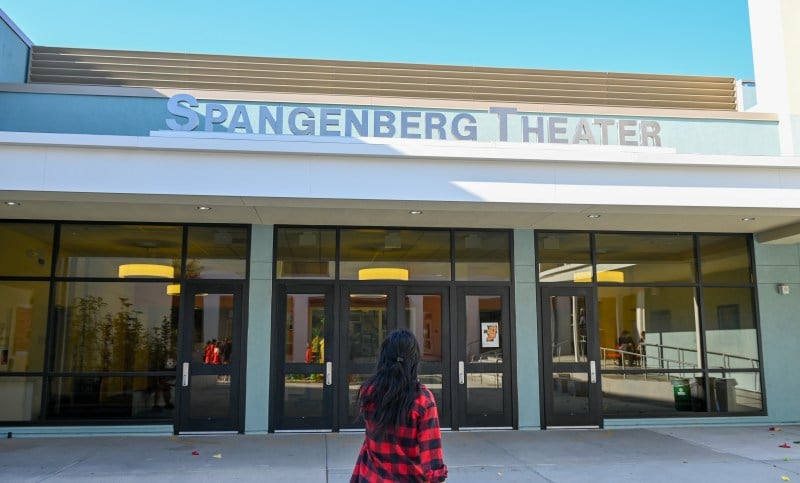
The Yes on 28 coalition points out that the proposition won’t raise taxes, but instead designates spending some of the existing education funding from Prop. 98 specifically on the arts. However, Plank says this “cost free” narrative may be an oversimplification. Although taxes won’t be raised, the proposition is still “locking up a revenue stream” that could be used elsewhere. Implementing and enforcing the proposition also creates new tasks for the education workforce.
“It’s not cost free to do this,” Plank said. “Because districts have too few administrators as it is, and now you’re assigning a new task to administrative systems that are overburdened already.”
Arts educators hope that if Prop. 28 passes, it will change the attitudes around music and arts importance in schools.
“I think that music education really should be part of what students can expect to have as part of their K-12 education,” Shea said. “It should be something society expects. It’s not a frill; it’s not an extra.”
